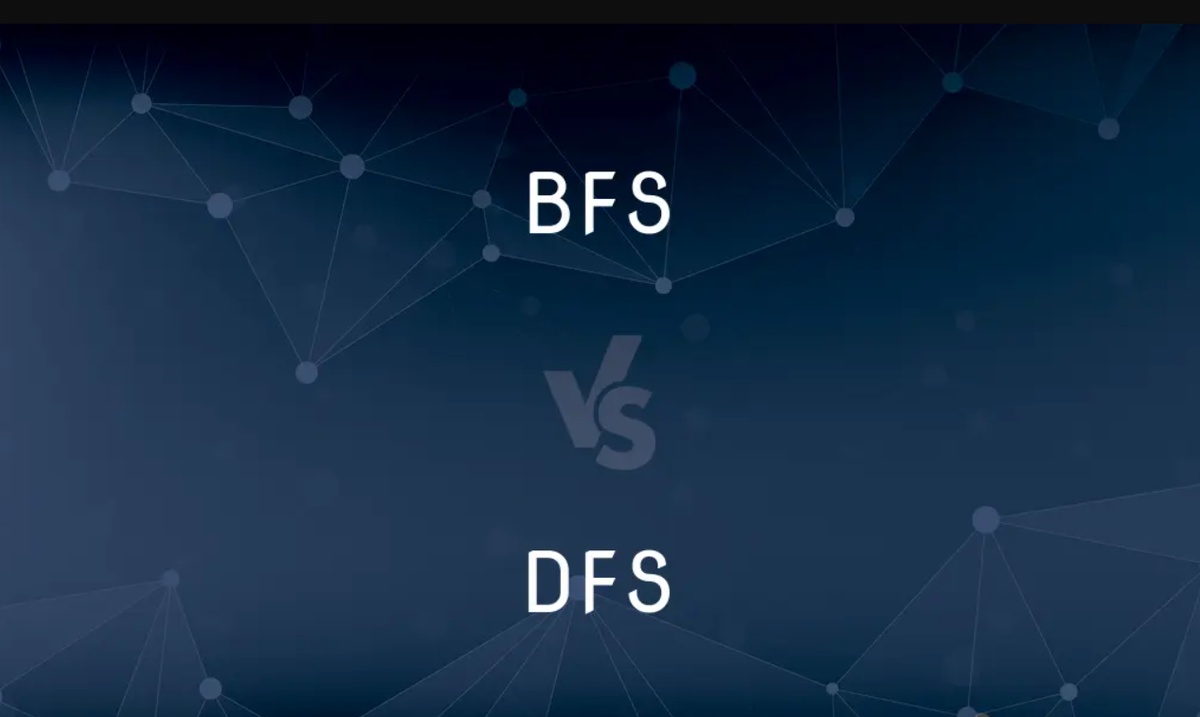In the realm of computer science and algorithms, Breadth-First Search (BFS) and Depth-First Search (DFS) are fundamental techniques employed for traversing and searching graph data structures. Understanding the nuances and distinctions between these two methodologies is crucial for any programmer or computer science enthusiast. In this comprehensive guide, we delve into the intricacies of BFS and DFS, highlighting their differences and offering insights that go beyond the surface-level understanding.
BFS: Unveiling the Breadth-First Approach
Introduction to BFS
Breadth-First Search, often abbreviated as BFS, is an algorithmic technique employed for traversing or searching tree or graph data structures. The core principle of BFS is to explore the breadth of all neighboring vertices at the current depth before moving on to vertices at the next depth level.
Key Characteristics of BFS
- Queue-Based Exploration: One defining characteristic of BFS is its reliance on a queue data structure. This enables the algorithm to systematically explore vertices at each level before descending deeper into the graph.
- Shortest Path Determination: BFS is particularly useful for finding the shortest path between two nodes in an unweighted graph. Its systematic exploration ensures that the first path found is the shortest.
- Memory Utilization: While BFS is effective for finding the shortest path, it tends to consume more memory compared to its counterpart, DFS. This is due to the need to store all nodes at the current level in the queue.
DFS: Navigating the Depths
Introduction to DFS
Depth-First Search, abbreviated as DFS, is another algorithmic technique for traversing or searching tree or graph structures. In contrast to BFS, DFS prioritizes exploring as far as possible along one branch before backtracking.
Key Characteristics of DFS
- Stack-Based Exploration: DFS relies on a stack data structure, facilitating a recursive exploration strategy. This approach involves going as deep as possible along each branch before backtracking.
- Path Determination: While BFS excels in finding the shortest path, DFS is better suited for scenarios where the goal is to visit all nodes in a graph or to identify multiple solutions. It's particularly useful in scenarios with weighted graphs.
- Memory Efficiency: DFS tends to be more memory-efficient than BFS since it does not require the storage of all nodes at the current level. The depth-first exploration strategy minimizes memory consumption.
Comparative Analysis: Unraveling the Differences
Time Complexity Comparison
- BFS: The time complexity of BFS is generally higher than DFS, particularly in dense graphs. However, in sparse graphs, BFS can outperform DFS.
- DFS: The time complexity of DFS is often lower than BFS, making it a favorable choice for scenarios where memory utilization is a critical concern.
Space Complexity Comparison
- BFS: As mentioned earlier, BFS tends to consume more memory due to the necessity of storing all nodes at the current level in the queue.
- DFS: DFS is known for its lower space complexity, making it advantageous in scenarios where memory conservation is a priority.
VISIT ALSO: What is Red-Black Tree: Your Guide to a Balanced Data Structure
Conclusion: Choosing the Right Tool for the Job
In conclusion, the choice between BFS and DFS depends on the specific requirements of the task at hand. If the goal is to find the shortest path in an unweighted graph, BFS is the preferred choice. On the other hand, for scenarios involving memory efficiency and exploration of all possible solutions, DFS emerges as the more suitable option.
By gaining a deep understanding of the differences between BFS and DFS, programmers can make informed decisions when selecting the appropriate algorithm for their applications.


No comments yet